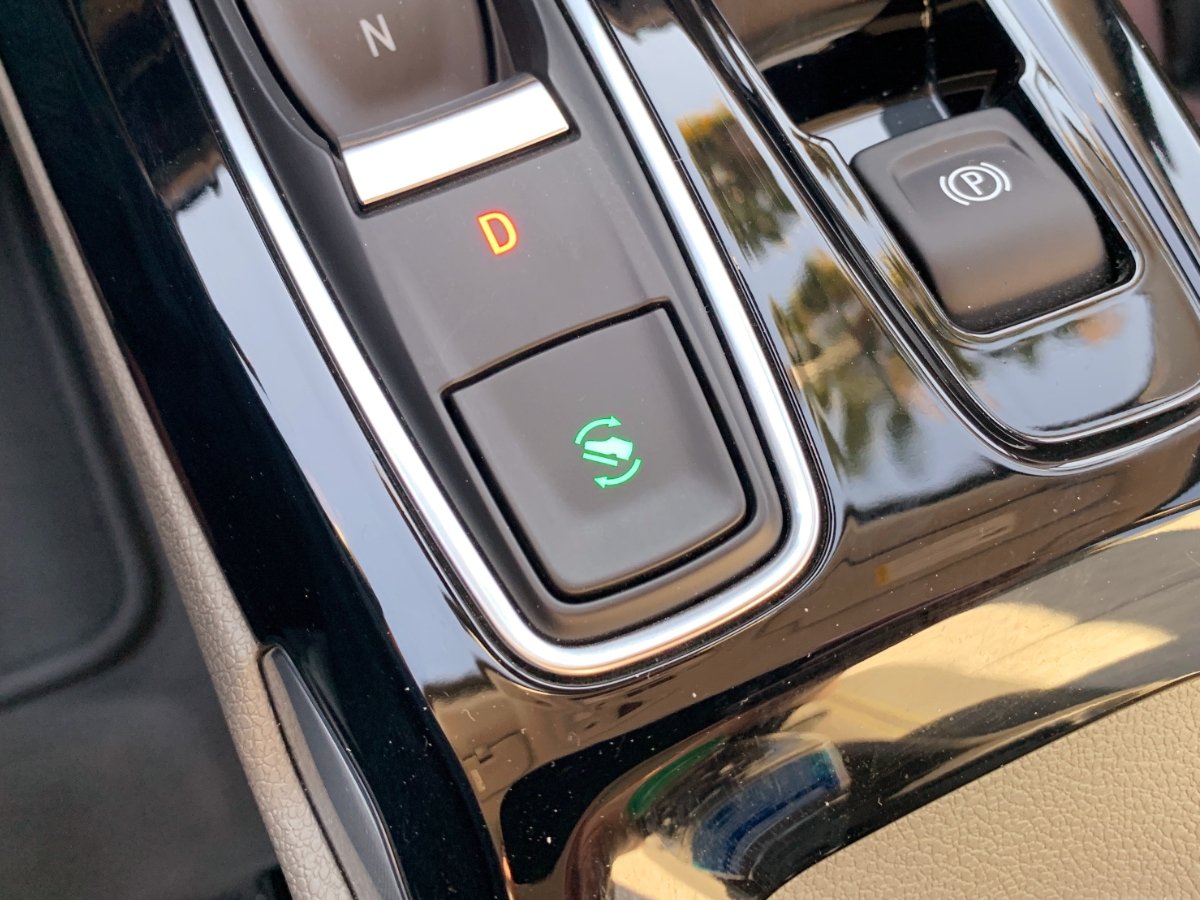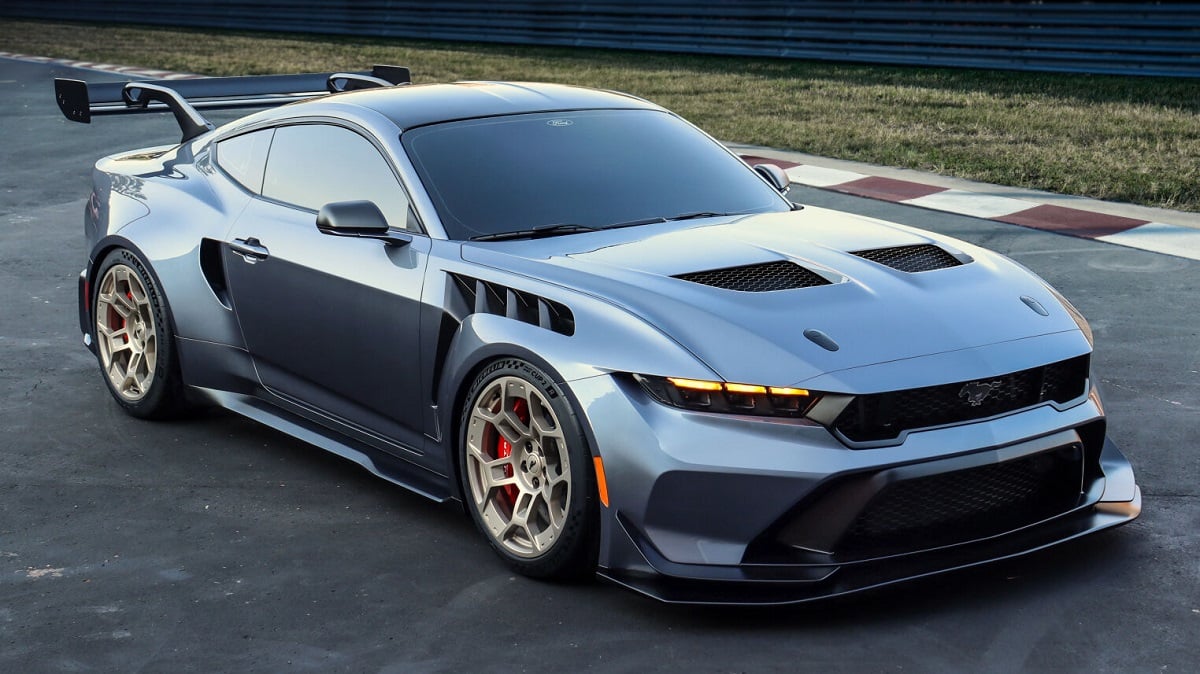Many plug-in hybrid electric vehicles (PHEVs) and electric vehicles (EVs) offer a one-pedal driving technique. This unique PHEV and EV benefit provides the ability to stop and go using only the accelerator pedal. A growing number of electrified vehicles make this functionality available through their regenerative braking systems.

Photo: Christian Wardlaw
What is Regenerative Braking?
One-pedal driving is possible due to the regenerative braking systems in electrified cars. When a PHEV or EV brakes, the electric motor acts as a generator, converting kinetic energy from the vehicle's forward motion into electricity. This electricity recharges the battery while the vehicle is braking.
During this regenerative phase, the magnetic resistance of the electric motor increases and creates a braking force. This added friction in the drivetrain slows the vehicle down.
How Does One-Pedal Driving Work?
One-pedal driving allows a driver to bring a vehicle to a full stop without using the brake pedal. In most cases, there is an on-off button that engages this feature, as shown in the photo above. The button activates the one-pedal driving system in the 2022 Chevrolet Bolt EUV.
As the driver anticipates a stop ahead due to a traffic light or a stop sign, they can ease their foot off the accelerator pedal. The vehicle will begin to decelerate at a force of approximately .2g. This deceleration force is equivalent to 20% of full braking force, gradually slowing the car compared to the typical application of the hydraulic brakes. Once the vehicle stops entirely, the hydraulic brakes engage to keep the vehicle at a full stop until the driver presses the accelerator pedal to move forward again.
One-pedal driving requires some practice and finesse. It takes the gentle release of the accelerator pedal to result in a smooth and progressive stop. The driver must also get used to judging stopping distances and correctly timing the pedal's release to bring the vehicle to a complete stop in a safe manner.
When using one-pedal driving, the brake lights will function as if the driver is using the traditional hydraulic brakes. The brake lights illuminate when the accelerator pedal is released, making drivers behind the car aware that it is slowing down.
Do Not Use One-Pedal Driving for Emergency Stopping
If an emergency stop is necessary during one-pedal driving, the driver must use the standard hydraulic brakes. No matter the situation, the driver can always apply the standard brakes to bring the vehicle to a stop, whether that be for a pedestrian, vehicle, or any other danger or obstruction on the roadway. One-pedal driving is a convenience feature that the driver can override at any time.
Benefits of One-Pedal Driving
One-pedal driving offers several advantages. The most obvious is extending an EV's maximum driving range by several miles when used consistently.
Additionally, using one-pedal driving extends a vehicle's brake life. Since the driver applies the standard hydraulic brakes less often, there is less wear and tear, resulting in significantly greater intervals between braking system service and replacement. Reduced use of the standard brakes also means less brake dust in the air, providing an environmental advantage.
One-pedal driving is convenient, too. Moving your foot between two pedals is less work than keeping it in one place. Once you're comfortable with one-pedal driving, it is simply a more relaxed way to travel.
Finally, the stopping phase of one-pedal driving generally feels smoother than applying hydraulic brakes. This is because a computer – as opposed to a human being – is performing the work to slow the vehicle down. Stops are likely to exhibit a jerky or jarring feel.
Summary
One-pedal driving may not be for everyone, but it allows some drivers the option to experience the joys of all-electric motoring in a new way. Its simplicity and benefits help make the idea of driving an EV or plug-in hybrid even more attractive.






